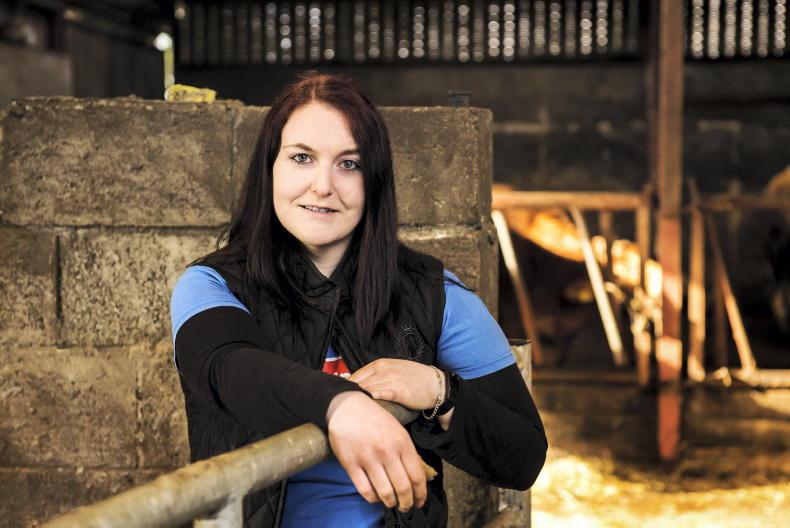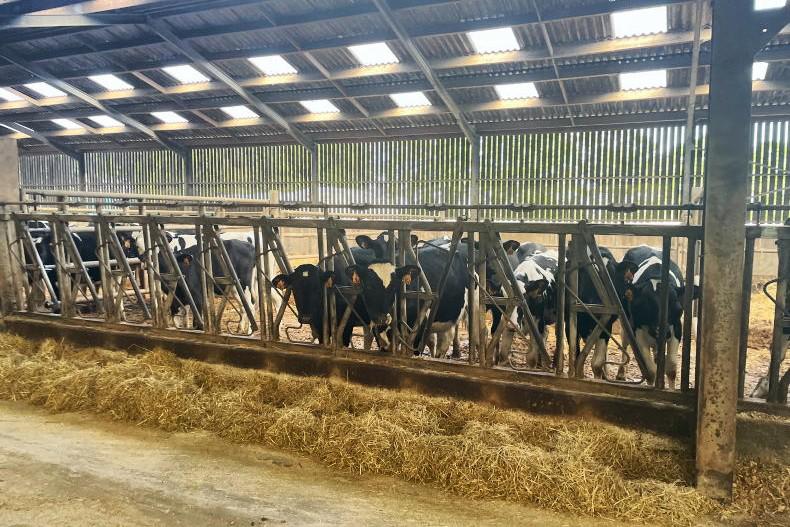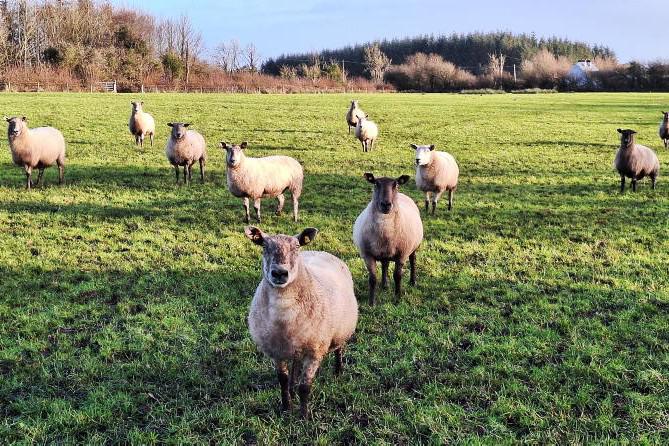Last week’s Irish Farmers Journal exclusive story by Anne Finnegan about how fertiliser suppliers accrued profits of up to €200m more in 2022 has angered farmers. It has also added to pressure on the trade to reduce prices in line with reduced energy costs, which are a key expense in the manufacture of fertiliser.
The high level of discussion on this subject, combined with the ongoing income challenges facing the sheep sector, mean that the slow level of fertiliser purchases by sheep farmers in spring 2022 will most likely be repeated and possibly exacerbated.
This is understandable, but it is also important where at all possible not to delay too long in purchasing fertiliser, as it will have serious consequences on spring grass supplies.
This may, in turn, see the same costs accumulate, but with spending in concentrates rather than fertiliser.
The best option for most is to purchase only the volume required in the short-term. In this way, if fertiliser prices do ease back, your system will be insulated to a point from the highest prices.
Management practices
There are several management practices that can be adopted to try and achieve the optimum response, as summarised below;
Determine what’s required: Sitting down and calculating exactly what volume and type of fertiliser is required for the first and second applications will highlight what investment is required. Advisory advice in 2022 was to focus on using nitrogen (N), foregoing phosphorus (P) and potassium (K) unless deemed essential. This is not a long-term position, but there may still be potential to focus on nitrogen now and compounds as the year progresses, when fertiliser may hopefully be a lower cost.
Soil analysis: Applying fertiliser without up-to-date soil analysis is potentially costing you dearly in terms of achieving a poor response from applied nutrients. Soil results will highlight the type of fertiliser to be applied and allow an accurate fertiliser programme to be put in place.Lime applications: A high percentage of soil results are deficient on soil pH, P and K. Addressing the soil pH will free up nutrients locked up by the soil and research shows the potential for liming alone to deliver a 1t/ha increase in grass growth. To expand on this, having soils in optimum pH can release up to 80kg N/ha/year, with an application of 5t/ha lime (2t/ac) capable of providing similar grass yields as applying 40kg/ha P fertiliser on soils with a low pH.
Optimum response: As mentioned above, the cost of fertiliser will be lower where soils are at the optimum pH. The growth potential of the sward also has a big bearing, and as such, applications or higher volumes applied should be targeted to swards such as reseeded, young and more productive areas. Explore credit options: Most merchants continue to require upfront payment or a large percentage of the costs. Overdraft or interest on credit terms may be costly when compared to a bridging or short-term loan. Where access to finances is limited, then there will be no option but to raise funds by the sale of animals. In such circumstances, it is best to focus on selling lower-priority stock which will not unduly affect your business in the future. For example, selling surplus breeding hoggets or aged ewes rather than younger, more productive stock which form the main production capability of the flock.
Use organic fertilisers wisely: On mixed farms with access to slurry, targeting an early application to soils which require it most will deliver the greatest response. There has been some talk around the importation of organic fertilisers such as pig slurry or digestate. It is important to assess the nutrient benefit relative to costs of transport/application and compare these to fertiliser options.
Last week’s Irish Farmers Journal exclusive story by Anne Finnegan about how fertiliser suppliers accrued profits of up to €200m more in 2022 has angered farmers. It has also added to pressure on the trade to reduce prices in line with reduced energy costs, which are a key expense in the manufacture of fertiliser.
The high level of discussion on this subject, combined with the ongoing income challenges facing the sheep sector, mean that the slow level of fertiliser purchases by sheep farmers in spring 2022 will most likely be repeated and possibly exacerbated.
This is understandable, but it is also important where at all possible not to delay too long in purchasing fertiliser, as it will have serious consequences on spring grass supplies.
This may, in turn, see the same costs accumulate, but with spending in concentrates rather than fertiliser.
The best option for most is to purchase only the volume required in the short-term. In this way, if fertiliser prices do ease back, your system will be insulated to a point from the highest prices.
Management practices
There are several management practices that can be adopted to try and achieve the optimum response, as summarised below;
Determine what’s required: Sitting down and calculating exactly what volume and type of fertiliser is required for the first and second applications will highlight what investment is required. Advisory advice in 2022 was to focus on using nitrogen (N), foregoing phosphorus (P) and potassium (K) unless deemed essential. This is not a long-term position, but there may still be potential to focus on nitrogen now and compounds as the year progresses, when fertiliser may hopefully be a lower cost.
Soil analysis: Applying fertiliser without up-to-date soil analysis is potentially costing you dearly in terms of achieving a poor response from applied nutrients. Soil results will highlight the type of fertiliser to be applied and allow an accurate fertiliser programme to be put in place.Lime applications: A high percentage of soil results are deficient on soil pH, P and K. Addressing the soil pH will free up nutrients locked up by the soil and research shows the potential for liming alone to deliver a 1t/ha increase in grass growth. To expand on this, having soils in optimum pH can release up to 80kg N/ha/year, with an application of 5t/ha lime (2t/ac) capable of providing similar grass yields as applying 40kg/ha P fertiliser on soils with a low pH.
Optimum response: As mentioned above, the cost of fertiliser will be lower where soils are at the optimum pH. The growth potential of the sward also has a big bearing, and as such, applications or higher volumes applied should be targeted to swards such as reseeded, young and more productive areas. Explore credit options: Most merchants continue to require upfront payment or a large percentage of the costs. Overdraft or interest on credit terms may be costly when compared to a bridging or short-term loan. Where access to finances is limited, then there will be no option but to raise funds by the sale of animals. In such circumstances, it is best to focus on selling lower-priority stock which will not unduly affect your business in the future. For example, selling surplus breeding hoggets or aged ewes rather than younger, more productive stock which form the main production capability of the flock.
Use organic fertilisers wisely: On mixed farms with access to slurry, targeting an early application to soils which require it most will deliver the greatest response. There has been some talk around the importation of organic fertilisers such as pig slurry or digestate. It is important to assess the nutrient benefit relative to costs of transport/application and compare these to fertiliser options.










SHARING OPTIONS